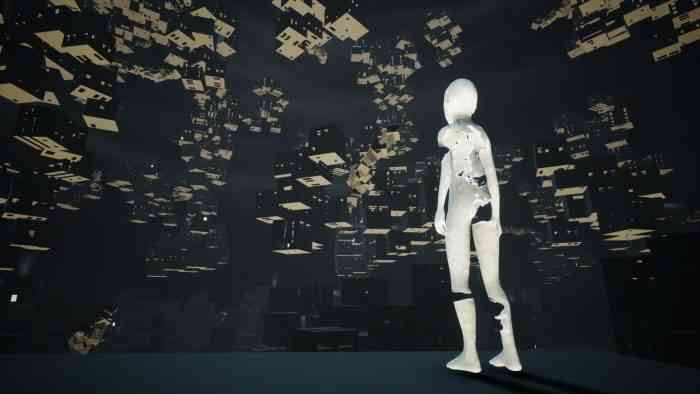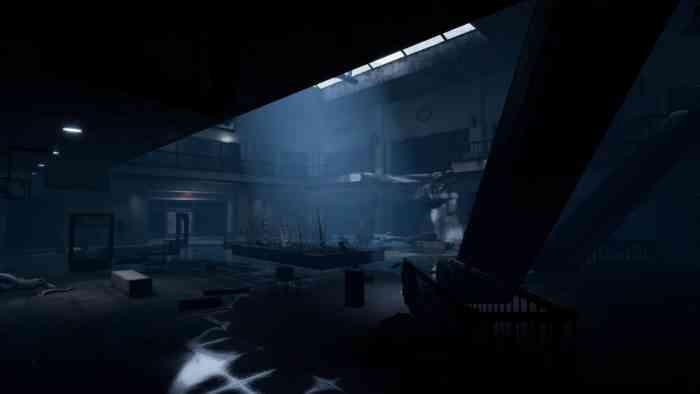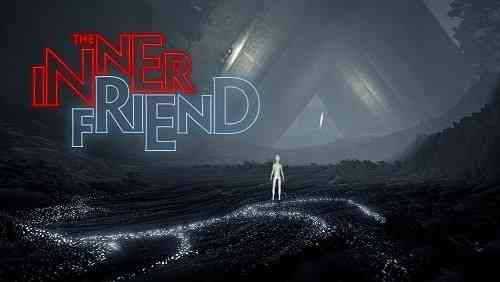The Inner Friend (PS4) Review
Playmind is a Montreal based developer that self-describes as a Digital Media and Game Developer. For fifteen years the company strictly developed digital media for interactive environments used for advertising, museums, media events, concerts, and world fairs. In 2018 they released their first game, The Inner Friend, on PC. As of April 2020, the game is now available on consoles.
Given the company’s background it’s no surprise that The Inner Friend comes across as a highly polished and well-produced work. From a technical perspective the game looks and feels very slick. That said, what also comes through is a company doing something new for the first time because as a game it’s a little lacking in gameplay mechanics and fails to come off as a cohesive piece of story telling. The aesthetics lean more towards crafting a piece of art, like a painting or sculpture, rather than providing a gameplay experience with levels of game mechanics depth.
Ambiguity Isn’t so Friendly
The lack of game focus comes from the game’s main conceit. You play a character that appears to be some form of companion to another character whose identity is left ambiguous. It seems like the game creators did not want to be specific about this person with the inference being they could be you or me or someone we know. However, this ambiguity leaves the player cold. It is a story telling maxim that a narrative is best embraced by others when it tells a specific story. Audiences relate to details – be it a farm boy on a desert planet yearning for adventure or a hobbit quite content living in a quiet and beautiful area of Middle Earth. Both are set on great adventures and both are loved by audiences because we can relate to them.

Not so with The Inner Friend. The things we learn about the main character on our journey as a form of ghost or shadow, as the developer refers to the game character as, are based on common cultural touchstones. References to Pink Floyd – The Wall school and school masters or Alice In Wonderland falling through the looking glass or the 2001:A Space Odyssey ending sequences in the hotel room after passing through the Stargate, are shared cultural experiences. But they are not specific ones for the main character we are trying to learn about. It is this lack of character specificity that is the game’s main flaw.
An Eye for Detail
To be fair, there are attempts to bring detail to the main character through the various collectibles found throughout the level but they too are generic. A globe, a teddy bear, drawings, and toys are scattered throughout the levels to be retrieved and returned to the main character’s bedroom. What is missing though is the significance of each of the items to the main character. Why are they important? This we never learn.
While the environments you travel through are detailed and varied your interactions in them are limited to three mechanics – running, jumping, and an all-encompassing action. R2 serves as the action button and what it does depends on the context within the environment. It could be to collect an item or move an object or open a door or call out to a companion – whom it is assumed is the main character of the game. Sometimes you will need to evade an enemy and it is here where the controls lack responsiveness. You can be easily captured if not careful and since there are no fighting or defending actions or items, being evasive is key. There is also one instance of a puzzle that requires diagonal movement of which failure to do so means a reset and having to start over again. This turned a medium difficulty puzzle into a frustrating exercise.

As you move through the various levels, different ages of the main character are explored but in the two or three hours of game time, you are left with far too many questions. What makes the experience worthwhile are the graphics and music that build effective moods and create a level of tension that goes hand-in-hand with your character’s vulnerability. Fortunately, if you die, the resets are quick and bring you back to a point close to where you previously expired. For a first game effort, Playmind has crafted a decent experience that shines technically but lacks in storytelling clarity and game playing depth.
*** PS4 code provided by the publisher ***
The Good
- Story moods beautifully invoked by graphics and music
- Character designs are well done
- Unique and varied level design
The Bad
- Story is too abstract
- Game is pretty short
- Controls not specific enough

